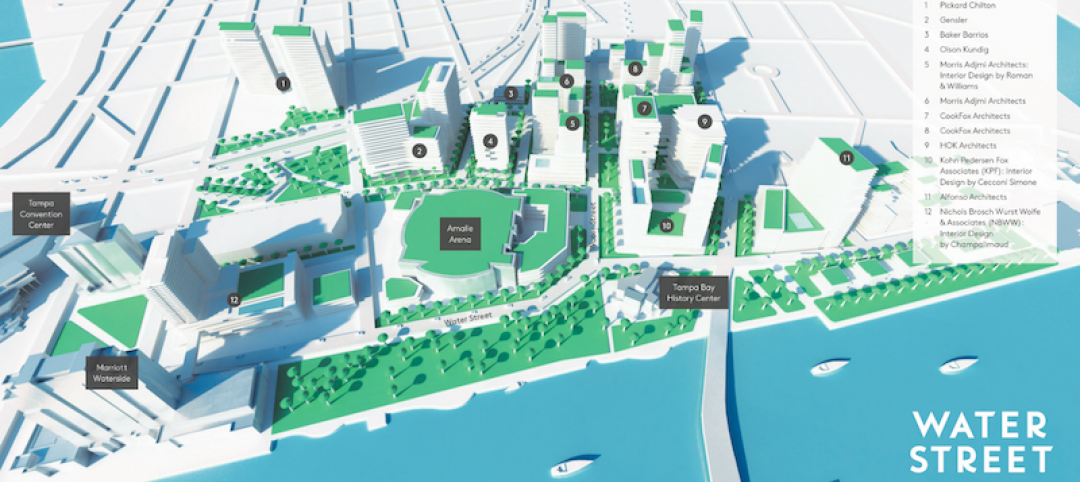JLG Architects has acquired Minneapolis, Minn.-based Studio Five Architects (SFA), one of the North Star State's oldest woman-owned architecture firms.
SFA was led by Linda McCracken-Hunt, FAIA. After 13 years at the University of Minnesota, and after serving as University Architect from 1991 to 1998, McCracken-Hunt became a partner at SFA in 1998. She will join JLG’s staff.
Founded in 1987, SFA has worked on numerous high-profile projects over the years, including the University of Minnesota Health Clinics and Surgery Center in Minneapolis, and the expansion to Regions Hospital in St. Paul. SFA also worked with HKS to design U.S. Bank Stadium, the Minnesota Vikings’ new NFL stadium in Minneapolis.
JLG has 10 offices across Minnesota, South Dakota, and North Dakota. The firm was founded in 1989, and it currently has more than 100 employees. JLG has an extensive portfolio, including aviation, healthcare, higher education, and sports facilities.
“It is JLG’s mix of innovative design excellence, their deep commitment to doing what’s right while staying on budget, and an unbeatable firm culture that makes this acquisition so ideal and ensures that we will continue to elevate our services for decades to come,” McCracken-Hunt said in a statement.
Related Stories
Healthcare Facilities | Sep 1, 2017
Caring for caregivers
Many healthcare organizations are increasingly focused on designing amenities, policies, and workplaces to better support their clinicians, health providers, and administrators.
Architects | Aug 31, 2017
How Instagram is changing the design industry
The digital and physical worlds are colliding. How will social media platforms influence the way we design spaces?
Mixed-Use | Aug 30, 2017
A 50-acre waterfront redevelopment gets under way in Tampa
Nine architects, three interior designers, and nine contractors are involved in this $3 billion project.
AEC Tech | Aug 25, 2017
Software cornucopia: Jacksonville Jaguars’ new practice facility showcases the power of computational design
The project team employed Revit, Rhino, Grasshopper, Kangaroo, and a host of other software applications to design and build this uber-complex sports and entertainment facility.
Multifamily Housing | Aug 24, 2017
Storage units, lounges most popular indoor and outdoor amenities in multifamily developments
Tenants and condo owners crave extra space for their stuff. Most developers are happy to oblige.
Green | Aug 24, 2017
Business case for WELL still developing after first generation office fitouts completed
The costs ranged from 50 cents to $4 per sf, according to a ULI report.
Healthcare Facilities | Aug 24, 2017
7 design elements for creating timeless pediatric health environments
A recently published report by Shepley Bulfinch presents pediatric healthcare environments as “incubators for hospital design innovation.”
BD+C University Course | Aug 23, 2017
AIA course: New steel systems add strength and beauty
Advances in R&D are fostering new forms of structural and aesthetic steel.
Market Data | Aug 23, 2017
Architecture Billings Index growth moderates
“The July figures show the continuation of healthy trends in the construction sector of our economy,” said AIA Chief Economist, Kermit Baker.
Architects | Aug 21, 2017
AIA: Architectural salaries exceed gains in the broader economy
AIA’s latest compensation report finds average compensation for staff positions up 2.8% from early 2015.

















